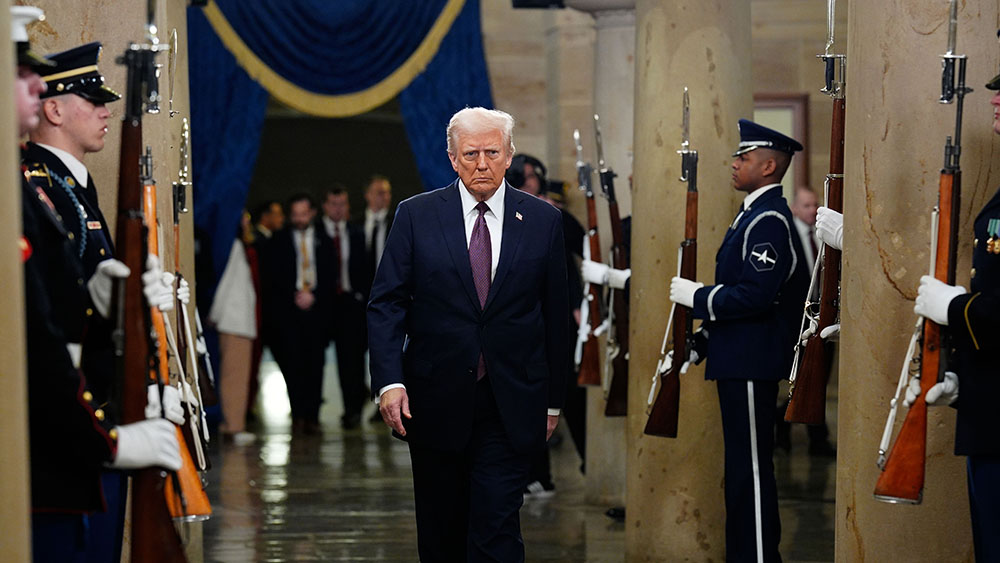
All eight primary schools in Greystones, about 15 miles south of Dublin and with a population of 18,000, have joined parents' associations in adopting the "no-smartphone code."
This voluntary pact prohibits children from having smartphones – at home, school or anywhere else – until they reach secondary school at the age of 12 or 13. The parents and school administrators hope applying this code to all children in the city will curb instances of peer pressure and dampen any resentment from kids who see their friends also having smartphones.
The impact of the code has been immediate for some parents as it provided them with support and made it easier to say "no" when they know that a significant majority agree with the restriction.
"If everyone does it across the board you don't feel like you're the odd one out. It makes it so much easier to say 'no,'" said Laura Bourne, who has a child in primary school. "The longer we can preserve their innocence the better.
Schools in Greystones had previously banned or restricted smartphones on their grounds but were concerned because they still saw the negative effects of social media on children who had and used smartphones outside of their campuses.
The parents and schools aimed to tackle concerns about smartphones fueling anxiety in children and exposing them to inappropriate content, including adult material.
A town-wide policy reduces the chance of a child having a peer with a smartphone and parents can present the code as a school rule, said Racher Harper, the principal of St. Patrick's school, which led the initiative. "They love it – now they can blame the schools."
"Childhoods are getting shorter and shorter," added Harper. "Nine-year-olds had started requesting smartphones. It's creeping in younger and younger, we could see it happening." (Related: Poll: Parents most concerned about excessive use of SOCIAL MEDIA and mobile devices as kids return to school.)
Greystones' initiative draws interest all over Ireland
The initiative has drawn interest from parents' associations in Ireland and abroad. It has even prompted Irish Minister for Health Stephen Donnelly, a father of three who also happens to reside near Greystones, to recommend the no smartphones code as a nationwide policy.
"Ireland can be, and must be, a world leader in ensuring that children and young people are not targeted and are not harmed by their interactions with the digital world," wrote Donnelly in an opinion piece published in The Irish Times. "We must make it easier for parents to limit the content their children are exposed to."
The Greystones pact stemmed from children showing anxiety levels only partly attributable to the lockdowns of 2020 and 2021, said Harper. Schools circulated questionnaires among parents, leading to a meeting of community stakeholders and an initiative dubbed "It Takes a Village."
Not all parents will deny their primary schoolchildren a smartphone – the code is voluntary – but enough have signed up to create a sense of critical mass, said Harper. "Hopefully down the line, it'll become the new norm."
Like Bourne, Nikkie Barrie, who has an 11-year-old in primary school, said the impact was immediate. "This code makes such a difference to my life. If I know 90 percent of the class is in agreement, it makes my job easier in saying no."
Barrie wishes the pact could be extended to the early years of secondary school given a smartphone's effect on her 13-year-old. "It’s been the bane of my life, I've 'lost' my daughter. When technology is involved they sit there like robots engulfed in this world of TikTok or whatever."
Visit FutureTech.news for more on the negative effects of smartphone use.
Watch the following video to learn about smartphones and how they connect to your brain to manipulate your thoughts.
This video is from the VoiceForTruth channel on Brighteon.com.
More related stories:
Screen time linked to developmental delays in young children.
Finland introduces world's first phone-free island to study effects of social media addiction.
Mental health in the digital age: 7 Ways to control your smartphone use.
Alabama school districts sue social media companies for causing youth mental health crisis.
Sources include:
Please contact us for more information.






















